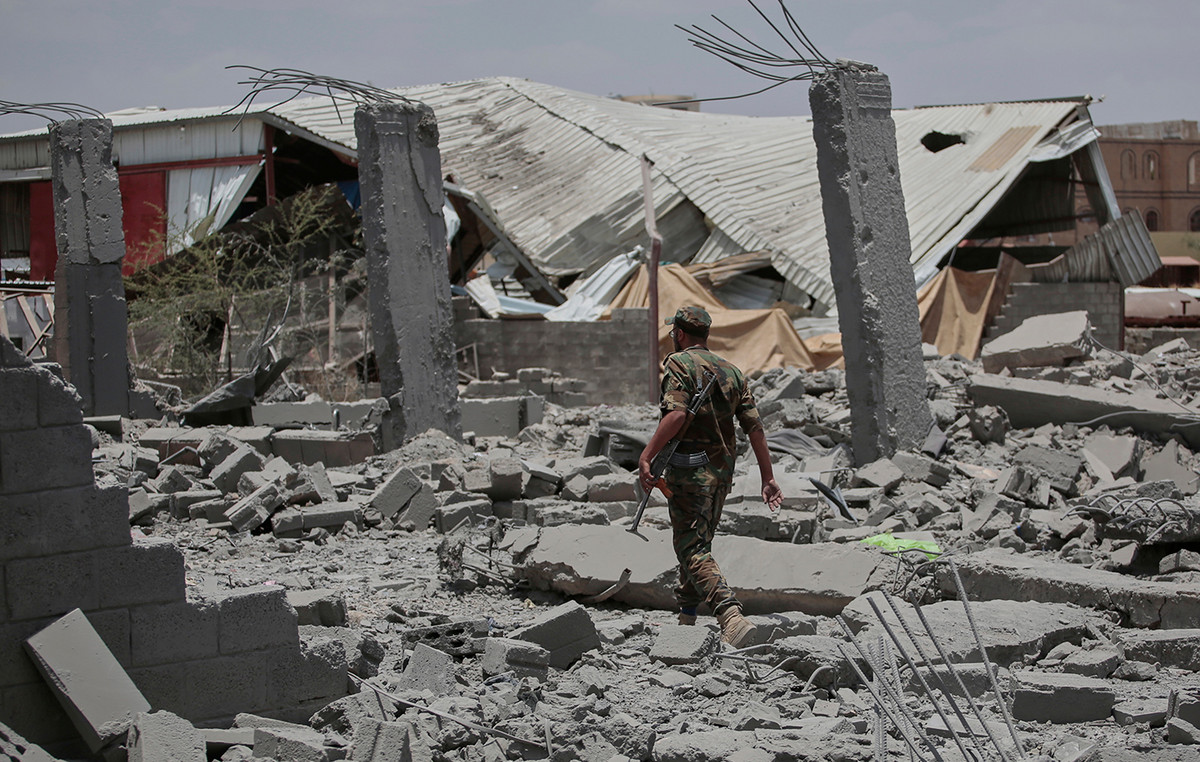Rio Grande do Sul loses around 39.5% of the water produced in distribution systems. In other words, the volume does not reach the homes of Rio Grande do Sul. The number is higher than the national average, which is 37.8%. These are data from the National Sanitation Information System (SNIS), with a base year of 2022.
The volume is equivalent to the amount of 512 Olympic swimming pools of treated water lost per day. Meanwhile, more than 1.3 million inhabitants of the 10.8 million gauchos live without access to water.
According to the Water Loss 2024 study, launched by the Trata Brasil institute, losses occur mainly due to leaks, unauthorized consumption and measurement errors.
According to ordinance 490/2021 of the Ministry of Regional Development, a level of losses considered excellent is a maximum of 25% and 216 liters of connection per day.
The Trata Brasil study notes that if the state managed to reduce current losses to the levels established by the ordinance, the potential supply of drinking water would be 1.4 million people. In other words, the entire population of Rio Grande do Sul would have access to treated water in the state.
Source: CNN Brasil
I’m James Harper, a highly experienced and accomplished news writer for World Stock Market. I have been writing in the Politics section of the website for over five years, providing readers with up-to-date and insightful information about current events in politics. My work is widely read and respected by many industry professionals as well as laymen.







